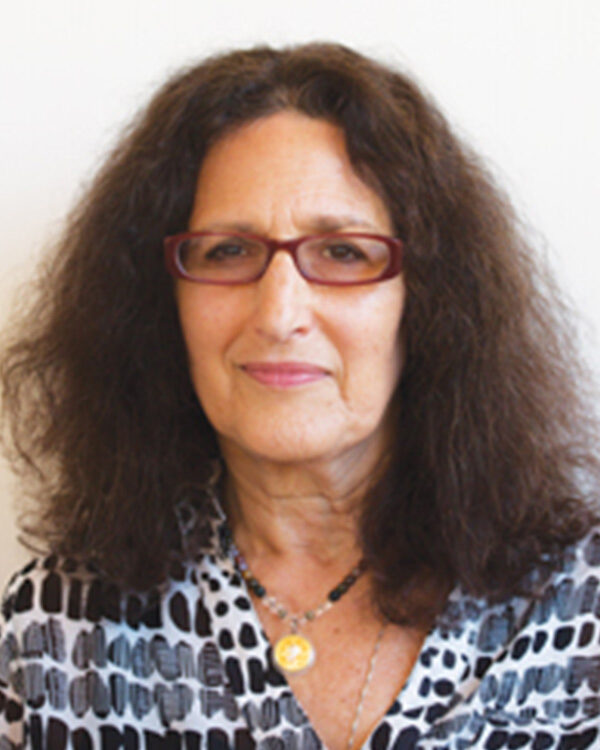What is it we take refuge in? Where do we feel safe? Where do we feel protected? How can we embody that safe harbor and relax into life as it continues to unfold unpredictably, moment-by-moment, breath-by-breath?
The story of the Buddha’s enlightenment is a story of incredible faith, perseverance, and the ability to stay present and steady in the face of challenging emotional and physical suffering.
For most meditators on a spiritual journey, we are assailed by fears or by deeper struggles brought on by the psychological and biological consequences of trauma that drive us away from our life, our spiritual practice, our True Being.
The first teaching the Buddha gave in Sarnath 2600 years ago after his awakening is called the Four Noble Truths. The first Noble Truth is to recognize the truth of suffering, of stress, or dukkha. He said, “Birth is suffering, aging is suffering, sickness is suffering, death is suffering, sorrow and lamentation, pain, grief and despair are suffering; association with the loathed is suffering; dissociation from the loved is suffering; not to get what one wants is suffering; getting what you don’t want is suffering.”
And for many spiritual seekers today, dukkha comes in the form of traumatic activation. Trauma is embodied suffering.
After being assailed by the wounds of trauma, how can we feel safe and take refuge within?
Trauma itself often seems to disconnect us from our own bodies. Although the event is long over, the consequences of trauma live on in our body’s reactions to triggers undergone perhaps many decades ago. We get frozen in fear. Our heart races. Cortisol levels spike. Pupils dilate. Hairs stand on end! We can become immobilized. Our bodies grip with fear. Our whole being, primed to survive! That hardwired imperative—survive! But after the event, why are we still reliving the past? No longer in the here and now, we’re reliving again and again what happened days ago, perhaps decades ago.
In meditation this often means our body is no longer actually present in the here and now, but is responding by locking down, warding off ancient fears on and off the cushion. A familiar trauma pattern is to dissociate, to turn away from the present flow of life, of breath, of sensation, in all activities, to disconnect and limit rather than increase our capacity to be with life as it is—pleasant, unpleasant, or neutral.
As the Buddha taught to those listening, the truth of suffering has to be penetrated by fully understanding suffering. It takes patience and courage to see this First Noble Truth to understand dukkha and how we torture ourselves with habitual reactive patterns; how we unconsciously react to unbearable thoughts and emotions with unconscious constriction, freeze and dissociation; and how we are blinded by past traumas—whether they are big traumas such as natural disasters, war, physical and mental abuse, rape or smaller traumas, perhaps accidents or medical traumas. It all begins to play out in our bodies. And if we can’t recognize the signs of trauma and find ways of naturally releasing the grips and constrictions of trauma activation, our lives can be limited.
Rilke said, “Be patient toward all that is unsolved in your heart and try to love the questions themselves. Live the questions now. Perhaps you will gradually, without noticing it, live along some distant day into the answer.”
Without training, we are attracted to trauma energies like a moth to the flame. Could we not redirect our gaze instead and find a place where we feel safe? A place where we can take refuge? Where we can find protection for this being who is longing to heal and reclaim the goodness in our loving heart? To be here now rather than stay imprisoned by the wounds of our past?
As we find in our spiritual journey, meditation can take us deeply into the heart of peace, joy and love. But often the brakes of trauma may be limiting our spiritual search. And in the face of severe dukkha (often called trauma), our meditation itself suffers.
